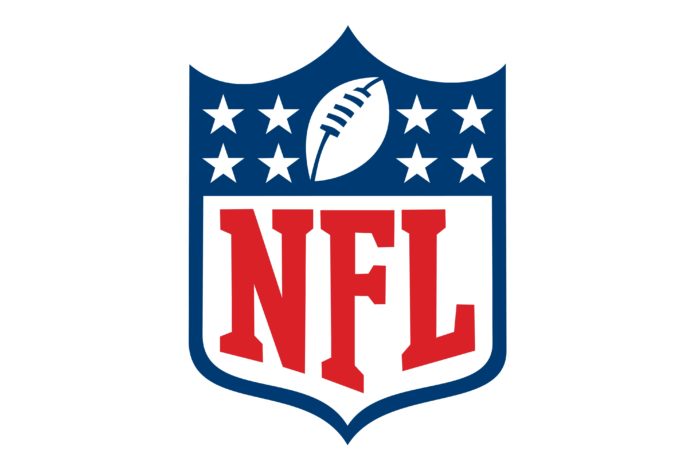The Super Bowl halftime show has become more than just a break between the big game’s halves—it’s a cultural event in its own right. Over the past five years, the Super Bowl has brought a variety of musical genres to its stage, but perhaps one of the most notable evolutions has been the increasing presence of rap and hip-hop music. This shift represents more than just the popularity of the genre; it’s a reflection of rap’s deep-rooted influence on American culture, politics, and identity.
2019: Maroon 5 (with Travis Scott and Big Boi)
While Maroon 5 headlined the 2019 Super Bowl halftime show, the inclusion of Travis Scott and Big Boi marked a significant moment. Travis Scott’s performance of “Sicko Mode,” one of the biggest rap tracks of the year, symbolized the growing acknowledgment of rap as a dominant force in modern music. Big Boi’s presence, representing the Atlanta rap scene, also nodded to the genre’s southern influence. While the overall performance leaned toward pop-rock, the rap inclusions hinted at the broader cultural significance of hip-hop.
2020: Shakira and Jennifer Lopez (with Bad Bunny and J Balvin)
Though the 2020 halftime show spotlighted Latin music icons Shakira and Jennifer Lopez, the influence of rap was still present through the appearances of Bad Bunny and J Balvin. These artists, who blend reggaeton and hip-hop elements, showcased the genre’s global influence and its ability to cross cultural borders. While this performance was primarily a celebration of Latin culture, it highlighted the genre’s connection to rap music, demonstrating its reach across continents and languages.
2021: The Weeknd
The Weeknd’s 2021 performance did not prominently feature guest rap artists, but his sound—heavily influenced by hip-hop production—still carried the legacy of the genre. Songs like “Starboy” and “Blinding Lights” featured beats that owe their rhythm and flow to the foundations of rap music. His choice to perform solo in a year shaped by the pandemic may have scaled back collaborations, but the influence of rap remained ingrained in the DNA of his sound.
2022: Dr. Dre, Snoop Dogg, Eminem, Kendrick Lamar, and Mary J. Blige
The 2022 Super Bowl halftime show was a groundbreaking moment for rap. For the first time, a lineup of hip-hop icons took center stage. Dr. Dre, Snoop Dogg, Eminem, Kendrick Lamar, and Mary J. Blige united for a historic performance that paid homage to the West Coast sound while showcasing the wide-ranging appeal of rap. This show was significant not only because of the artists involved but because it was a full acknowledgment of rap’s dominance in the music industry. Hip-hop, once considered a rebellious, underground movement, had become a mainstream genre that resonated with millions.
Eminem’s controversial kneeling during the performance, a nod to Colin Kaepernick’s protest against police brutality, also illustrated the political power of rap. The genre has long been a platform for artists to speak out against injustice, and its presence on the Super Bowl stage emphasized its role as a voice for marginalized communities. Kendrick Lamar’s politically charged performance only further demonstrated how deeply rap intersects with social commentary.
2023: Rihanna
Rihanna’s 2023 Super Bowl halftime show was one of the most anticipated performances in recent years. While she is a pop star, much of Rihanna’s sound draws on rap and hip-hop influences, evident in hits like “Umbrella” (featuring Jay-Z) and “Work” (featuring Drake). Rihanna’s halftime show was a continuation of the trend toward embracing the genre, both in terms of its sound and cultural significance.
The increasing inclusion of rap music in the Super Bowl halftime show is not just a reflection of the genre’s popularity; it’s a testament to the role rap plays in shaping cultural narratives. Rap music has long been a voice for marginalized communities, offering a platform to address issues like systemic racism, economic inequality, and police brutality. Its inclusion on one of the world’s largest stages is a form of recognition that these voices and messages are not only relevant but necessary in mainstream discussions.
Rap’s fusion with pop, rock, and other genres also reflects the genre’s adaptability and influence. From the streets of Compton to sold-out stadiums, rap music has transcended its origins to become a universal language of expression. The Super Bowl halftime show’s embrace of rap signals a shift in how we view popular culture—it’s no longer just about entertainment, but about what music represents in the larger societal context.
In a time when conversations about race, inequality, and identity are more important than ever, rap’s presence at the Super Bowl is both a celebration of its artistic merit and an acknowledgment of its power to provoke thought and change. As we look toward future halftime shows, one thing is certain: rap music will continue to be an essential part of the cultural fabric woven into these performances.







